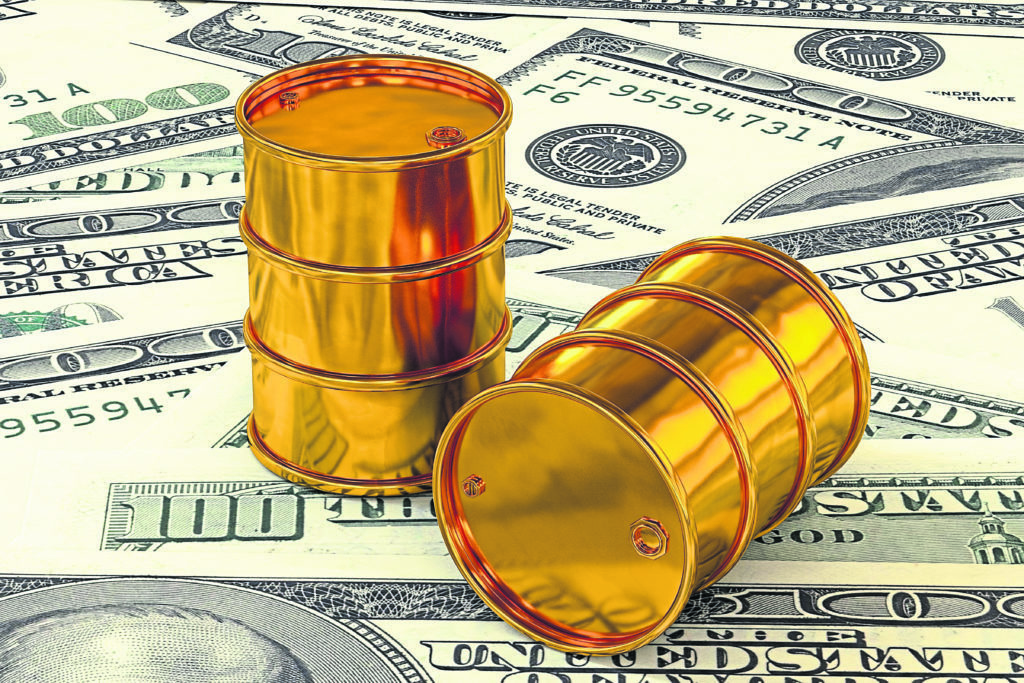
Oil bulls cheered by the prospect of $100 oil beware. A rally in prices may be short-lived.
That’s according to Janet Kong, who heads energy giant BP Plc’s trading business in Asia. Any spike on the loss of Iranian supply due to U.S. sanctions probably won’t be sustainable in the long run, she said. That’s because the negative impact on demand from a trade war between the world’s two biggest economies hasn’t been priced into crude yet.
Kong’s comments stand in contrast to views from officials at major oil-trading firms Trafigura Group and Mercuria Energy Group Ltd., who see a looming supply crunch driving global benchmark Brent crude to $100 a barrel for the first time in four years. In recent weeks, prices have largely shrugged off escalating U.S.-China trade tensions, with speculation over the impact of American sanctions on Iran dominating investor sentiment.
“The market is very fixated on the loss of barrels on the supply side,” said Kong, the chief executive officer of Eastern Hemisphere integrated supply and trading at BP. “The market has overlooked the results of the U.S.-China trade war, how that might impact the global economy, China’s growth and the regional economy in Asia,” she said in an interview in Singapore on Monday.
Brent climbed above $80 a barrel on Monday after OPEC and its allies signaled less urgency to boost output despite pressure from U.S. President Donald Trump to temper prices. Crude’s recent rally has spurred a divergence from other commodities like copper, which have been dragged down on fears that global growth will be eroded by a trade war that’s showing no signs of easing.
Brent futures for November settlement traded at $81.41 a barrel on the ICE Futures Europe exchange, up 21 cents, at 6:48 a.m. in London.
Some $200 billion of Chinese products became subject to increased U.S. tariffs from noon Beijing time on Monday, on top of $50 billion in goods imposed earlier this year. The Asian nation said it won’t hold trade talks with America unless Trump stops his threats.
‘Demand Shock’
While there may be a “meaningful tightening” of the market in the next three to six months with the disappearance of Iranian oil exports, demand may be affected next year due to the trade war, Kong said. Also, within the next 12 months, supply is likely to grow as the Organization of Petroleum Exporting Countries boosts output and the U.S. pumps more in 2019 after lifting production by 1.3 million barrels a day this year.
Escalating trade tensions are threatening to derail a global upswing that’s already losing momentum, the International Monetary Fund warned in July. That could translate to a global decline in oil demand of 150,000 to 200,000 barrels a day in what could become known as a “demand shock,” said Kong, who is set to become head of BP’s U.S. oil trading business.
Still, the lack of clarity on the potential total volume of Iranian crude losses due to U.S. sanctions will help support prices in the short term, she said. If the loss is dramatically high, resulting in 1.5 million barrels per day or more being taken out, then the market will experience a shock in the final three months of this year.
“But is that really sustainable? I doubt it,” Kong said.
Recommended for you
